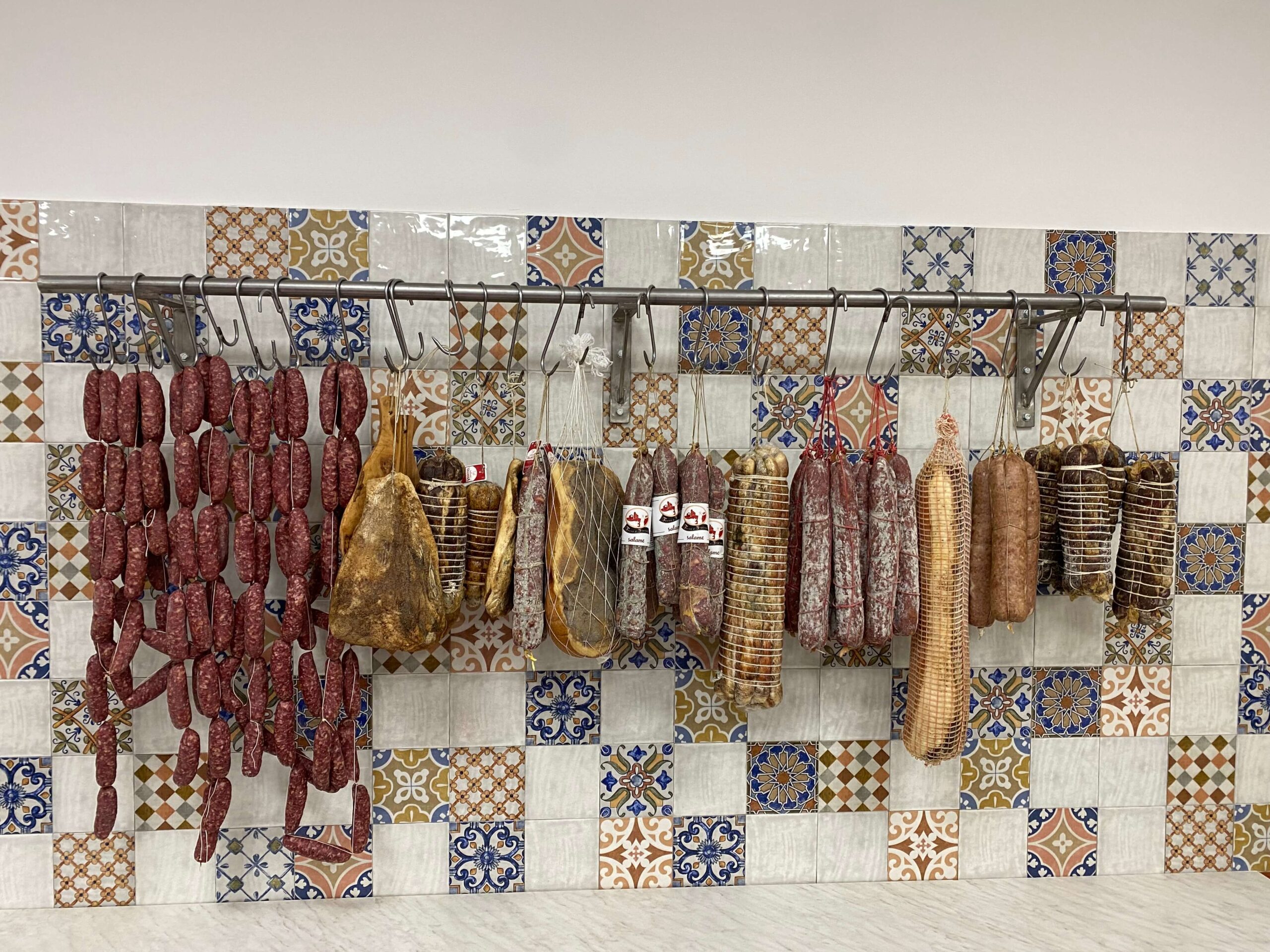FAQs

FREQUENTLY ASKED QUESTIONS AND ANSWERS
If the salami is still whole it can be stored at home, in a well-ventilated area that respects a temperature of max or equal to 15C ° in order to prevent the formation of mold. The ideal place for storage is the cellar, but if there is not the possibility, a storage room is also fine as long as it maintains the characteristics indicated above.
Otherwise it is possible to keep the salami in the fridge wrapped in a cotton cloth moistened with water or practical wine that will prevent it from hardening too much.
Rancidification can be stopped (but not completely eliminated) by storing the product in a cool environment, with little exposure to oxygen, free radicals and away from direct light. Light and heat, in fact, deform the structure of fats and accelerate their reaction with oxygen.




